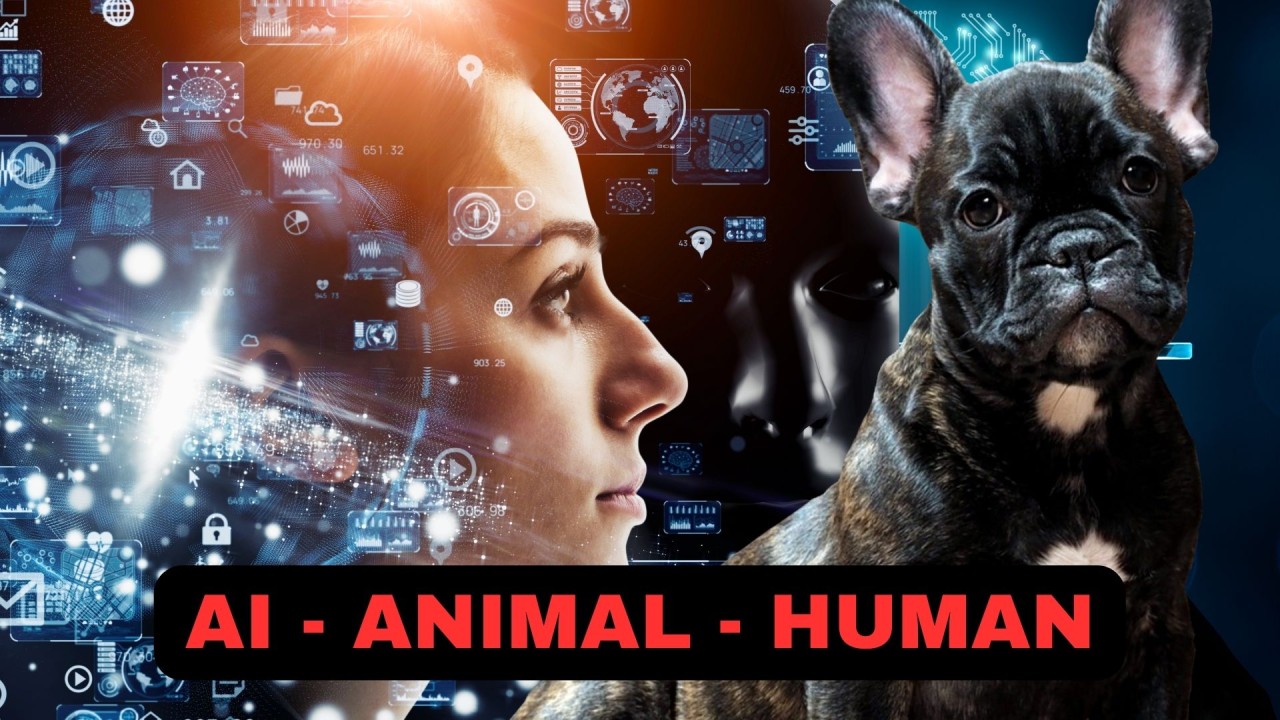
Exploring New Frontiers in Animal-Human Communication Through Machine Learning
Dear Animal and Tech Networks,
I'm currently immersed in research that could revolutionize how we understand and interact with our pets, particularly dogs. By harnessing the power of machine learning, there is potential to decode the complex behavioral patterns of animals and convert them into actionable insights.
The Promise of Machine Learning
Picture a world where machine learning algorithms can analyze years of observational data on canine behavior, their interactions with humans and other animals, as well as the various vocal and non-vocal cues they use. This data-driven approach could pave the way for a nuanced understanding of a dog's emotions, intentions and needs.
Hypothetical Pathways
Achieving this is no small feat. However, it could be possible through the collection and analysis of large datasets that cover an array of canine behaviors and responses in different settings. These data sets could be fed into sophisticated machine learning models trained to recognize patterns and make accurate predictions.
Far-Reaching Implications
The scope of this technological breakthrough extends beyond better pet care. It could influence veterinary science, assist in behavioral therapy for both animals and humans, and even prove invaluable in canine-involved roles such as search and rescue missions.
The Big Picture
We're talking about more than enhancing the lives of pets; we're discussing a technology that could improve the lives of both animals and humans. This machine-learning model opens doors to incredible opportunities that could redefine our relationship with the animal world.
I welcome your thoughts on this exciting area of research.
- Heather Fox, CDBC, CSAT, CEO